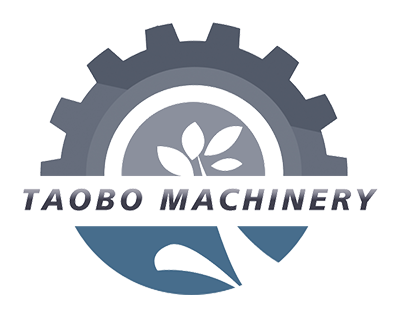The vibrating grading screen is a core piece of equipment in grain cleaning, achieving impurity removal and particle size separation through “vibration + screen grading.” Its core principle is to use vibration to loosen and stratify the grains, then separate impurities and grains of different sizes through screens of different specifications.
Core Working Principle:
Screen Vibration Drive: Powered by a vibrating motor (or eccentric shaft), the screen body vibrates linearly, elliptetically, or circularly. The amplitude and frequency of the vibration are adjustable.
Grain Loosening and Stratification: Vibration causes the grains on the screen surface to form a “fluidized” state, preventing clumping. Simultaneously, particles naturally stratify due to differences in size and specific gravity, with smaller particles adhering to the screen surface and larger particles or impurities on the surface.
Screen Grading and Separation:The screen surface consists of multiple layers of screens with different mesh sizes. The upper layer intercepts large impurities (such as straw and large stones), the middle layer separates grains of different sizes (such as plump grains and shriveled grains), and the lower layer filters out small impurities (such as dust and debris), ultimately achieving grading and impurity removal.
Standard Workflow
Feeding: The grains to be cleaned are evenly fed into the screen body via an elevator or feed inlet. The feed rate must be stable to avoid overloading the screen surface.
Pre-cleaning and Separation: After entering the screen surface, the grains are quickly loosened by the vibration of the screen body. Large impurities (such as weeds and large stones) are intercepted by the upper coarse screen and discharged along the inclined direction of the screen surface (large impurity outlet).
Grading and Screening: The middle screen (mesh size selected according to requirements) separates the clean grains that meet the particle size requirements and discharges them from the middle outlet; larger particles that do not pass through the middle screen (such as immature grains and large shriveled grains) are discharged from the secondary outlet.
Fine Impurity Filtration: The lower fine screen filters out dust, fragments, and other small impurities from the grains. Small impurities fall through the screen holes into the under-screen collection trough and are discharged from the impurity discharge port.
Cleanup and Discharge: Some equipment is equipped with an automatic screen cleaning device (such as rubber balls or brushes) to prevent screen clogging; different grades of clean grains and various impurities are collected from their respective outlets, completing the cleaning and grading process.
Post time: Nov-10-2025







